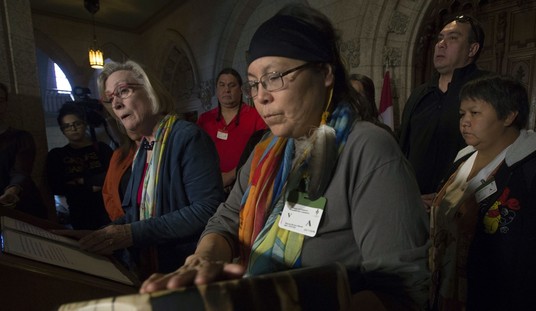There’s 30 seconds of raw video of the moment the earthquake struck in Haiti. The first thirteen seconds show a perfectly normal scene. Jaywalkers running across a two lane highway beyond which a two storey concrete building can be seen. A car is in the process of making a right turn. There is traffic on the road. Then on the fourteenth second, there’s the first shock coming straight up from the ground followed by a rhythmic 1.5 Hz pile driver of destruction kicking directly up from the center of the earth. There are 23 shocks in the next 16 seconds. The building in the background begins to disintegrate by the 24 second mark in the 30 second video.
It’s still disintegating when the video gives out. Sixteen seconds was all it took to wreck the city though doubtless it continued for a while longer. The technical details of the event can be found at the USGS page on the Haiti Earthquake. Here’s a link to a graphic summarizing most of the data of interest. But from a human perspective the most fascinating aspect of this earthquake was the almost razor sharp dividing line between normal life and catastrophe.
GeoEye was kind enough to provide the Belmont Club with satellite images of Port Au Prince before and after the quake. Some of these are shown on TV but .5 meter resolution coverage of the central part of the city following the quake is shown after the “Read More”. A good visual reference point is “the Haitian National Palace located just to the right of the center of the image. It looks like a white inverted letter ‘E’, as Jim Davis of GeoEye explained.
There was some uncertainty over whether the image would be available at all. Jim Davis explained that weather over Port au Prince was predicted to be “‘partly cloudy’ so that could be an issue and may affect our ability to see the ground.” In the event the image came through.
Some Belmont Club commenters, some of whom have experience in photo-analysis, may be chiming in over the next few hours on comments, or if they wish, I can prepare a new post to highlight their analysis. One way to understand the image below, which expands if you click on it (warning 4MB in size) is to match it up against Google Earth’s image. The national palace (the white ‘E’) is at 72°20’20.05″W, 18°32’35.23″N. You can look up hotels and landmarks and orient yourself against the white palace and examine for yourself the state that area is in.
While human tragedy cannot be captured in a satellite image, the overhead may provide some way to assess the extent and degree of damage.











Join the conversation as a VIP Member